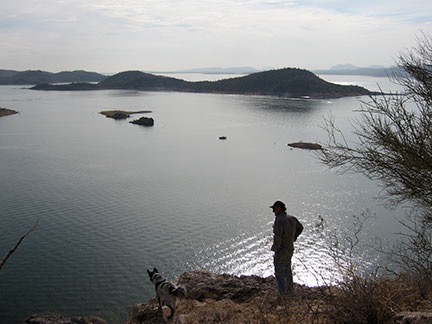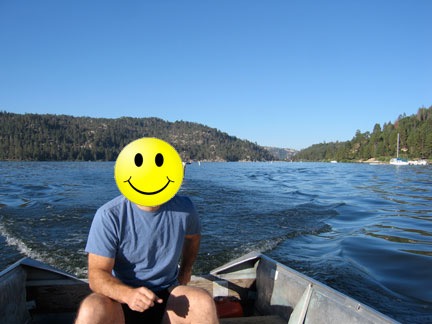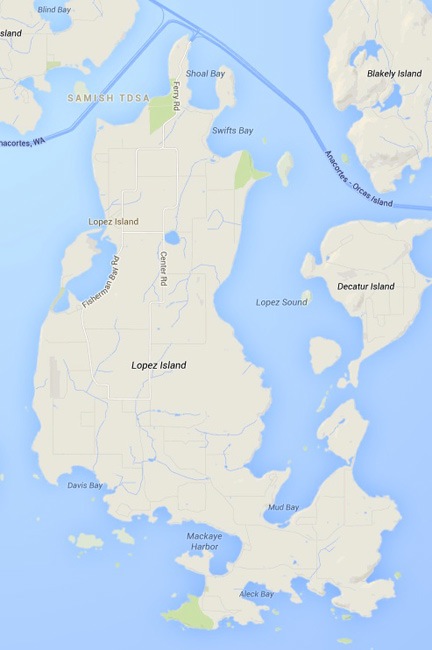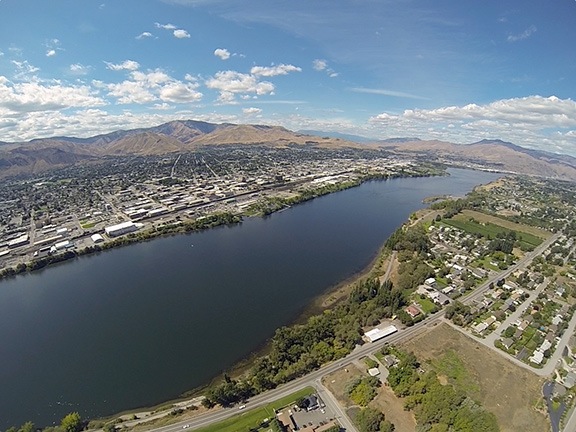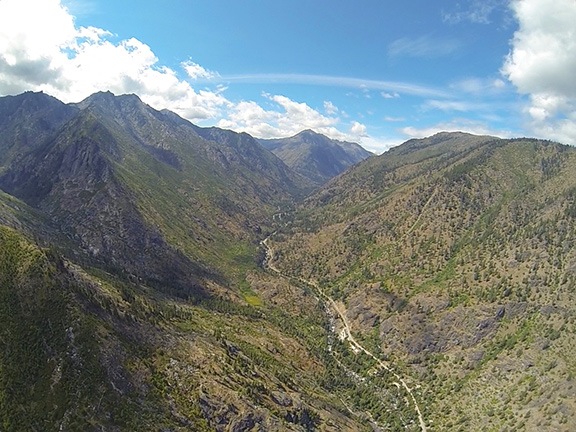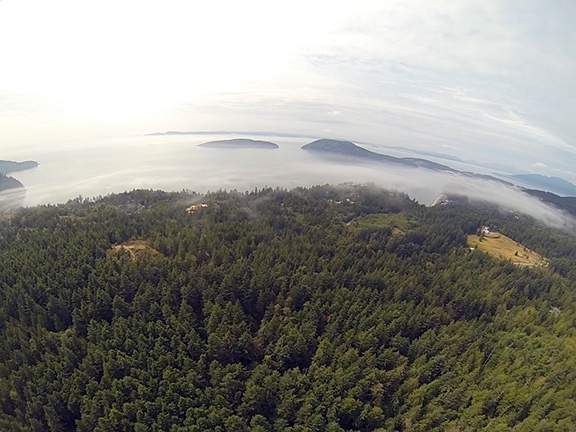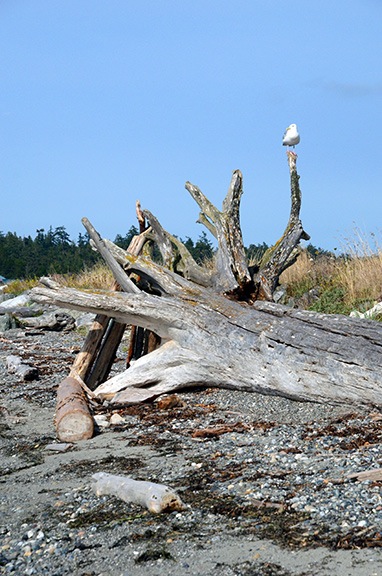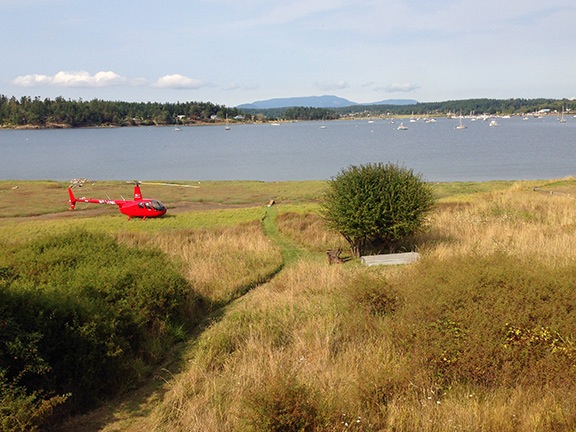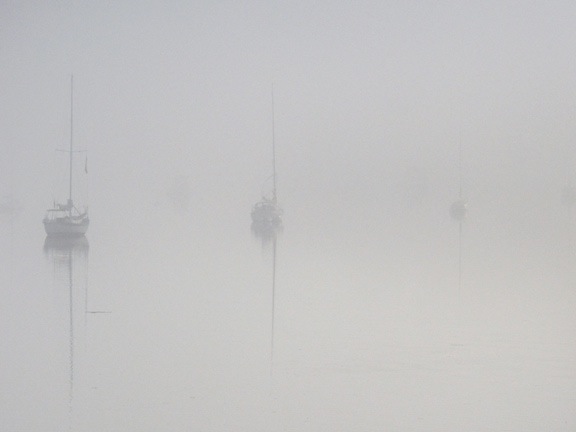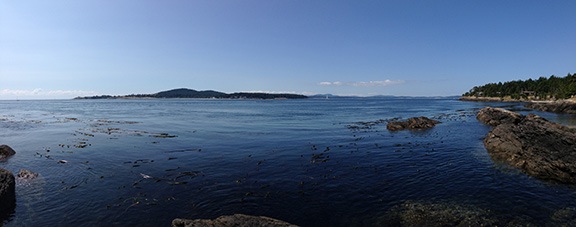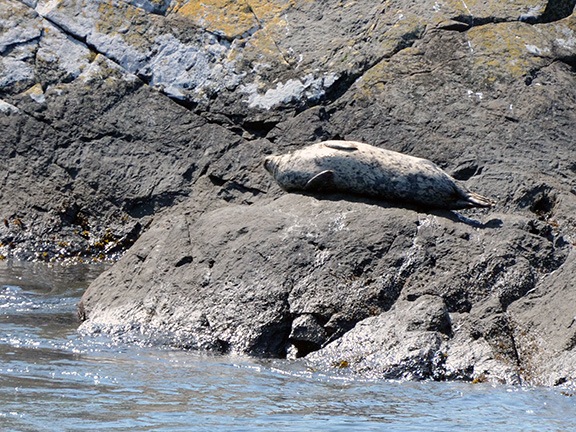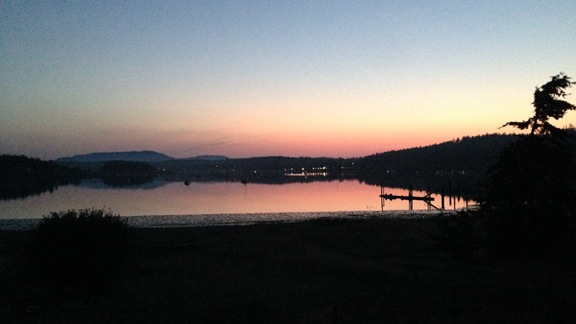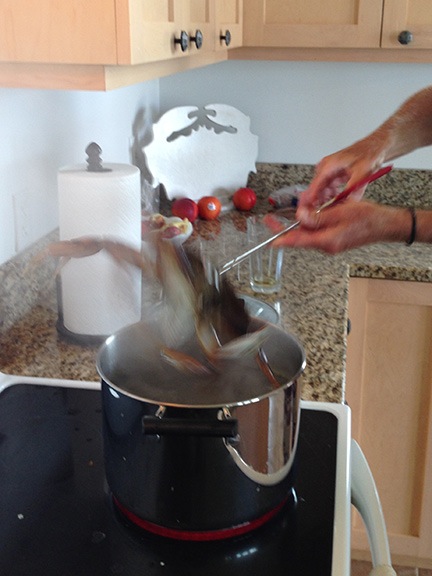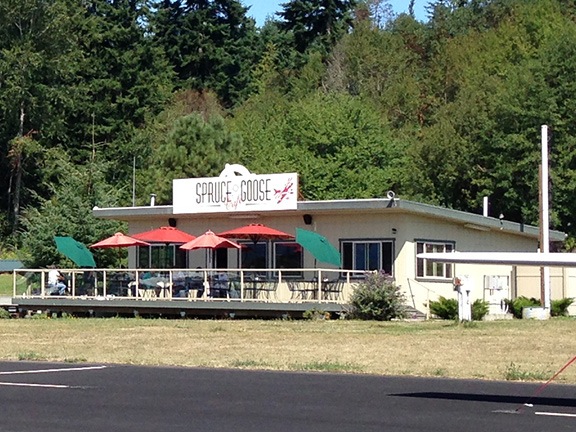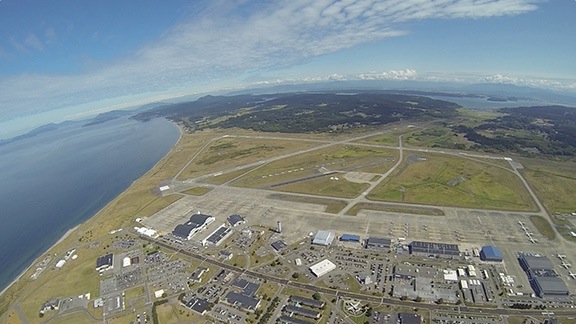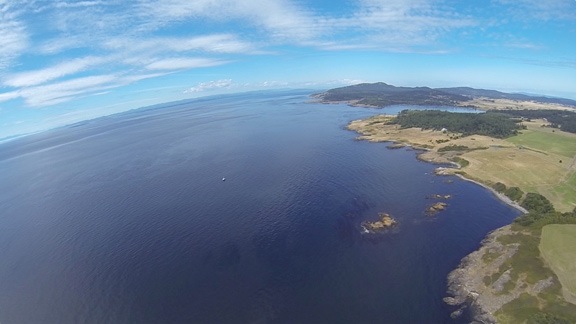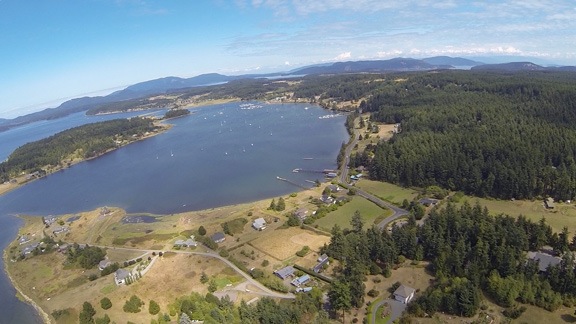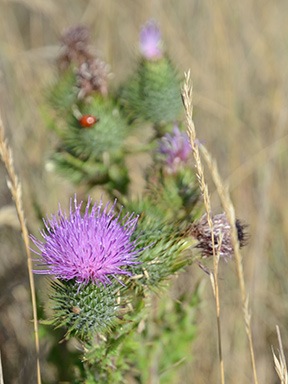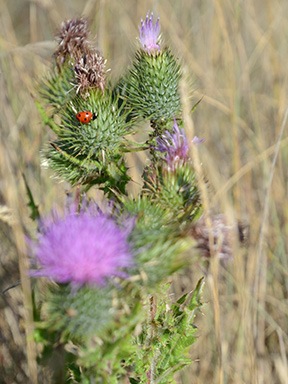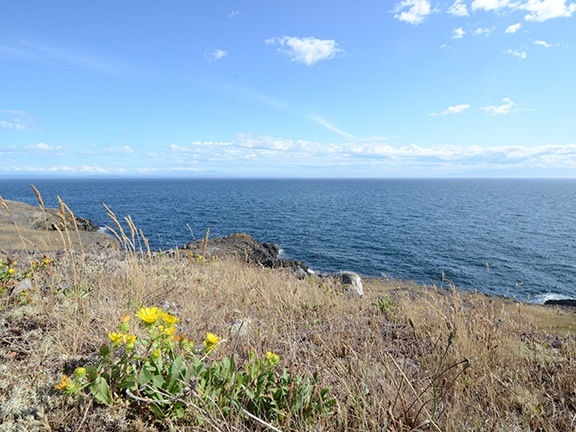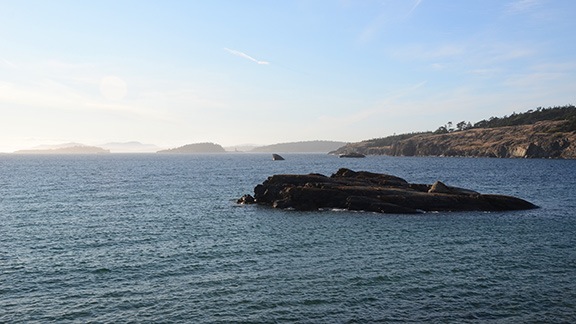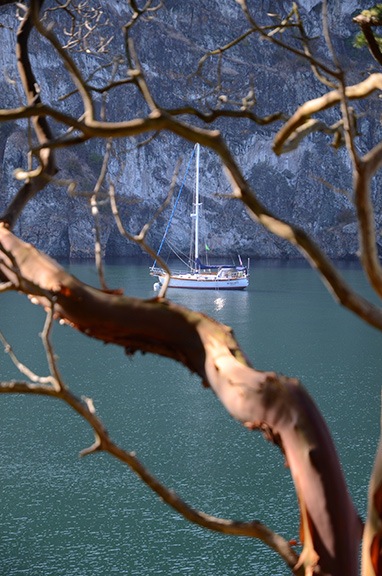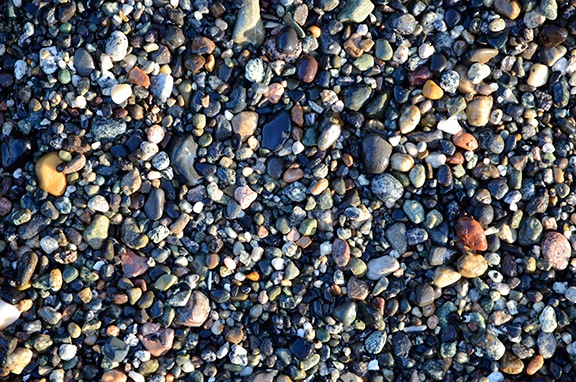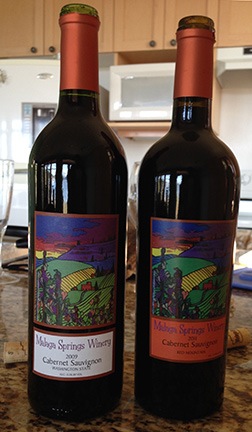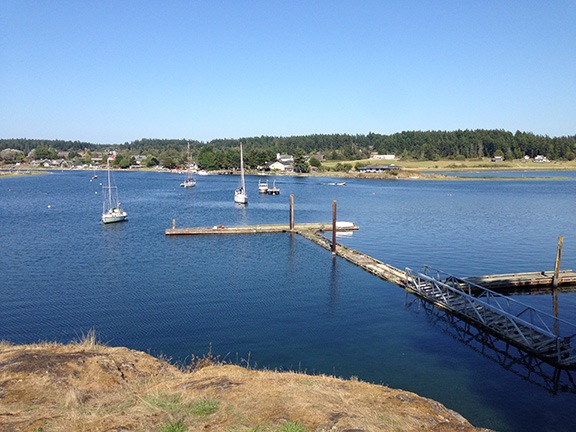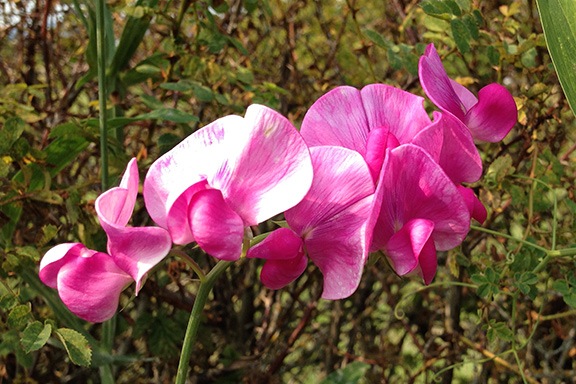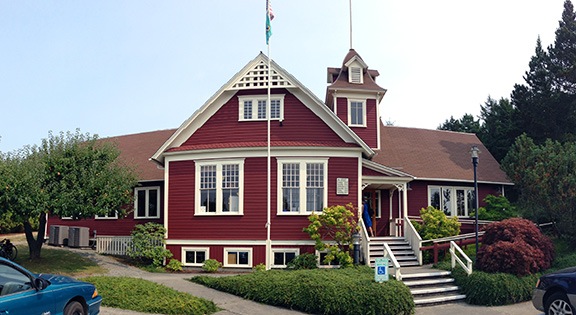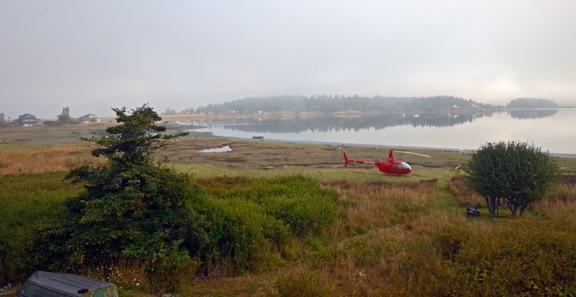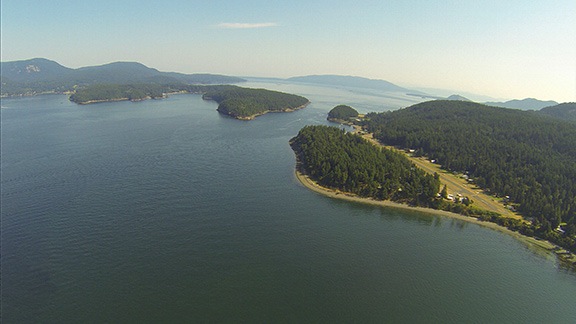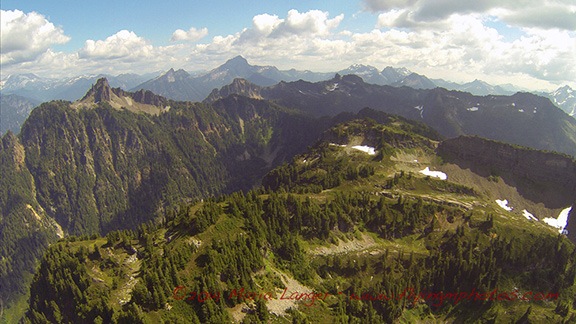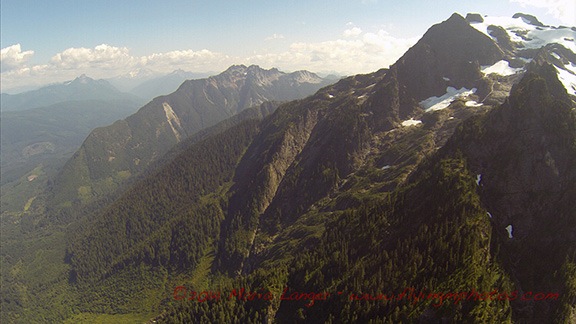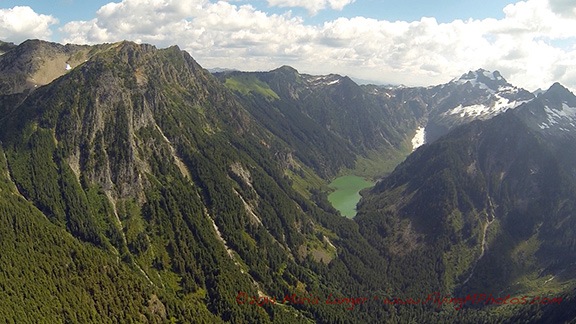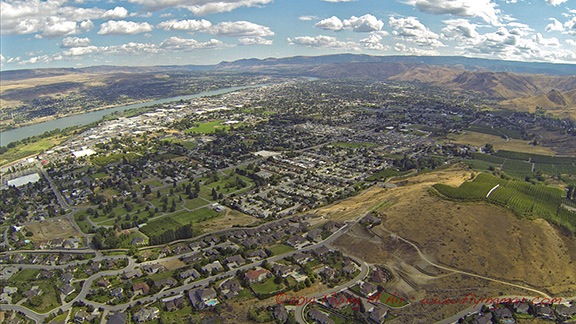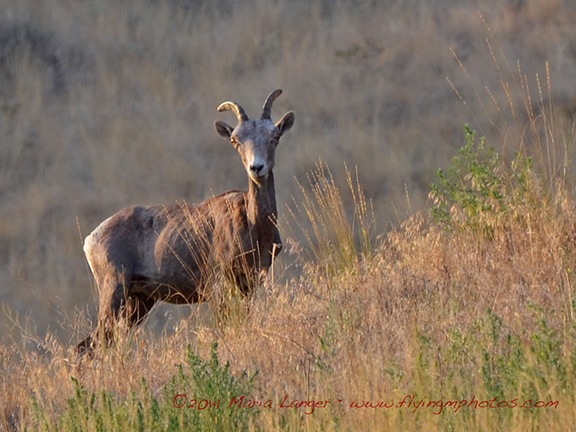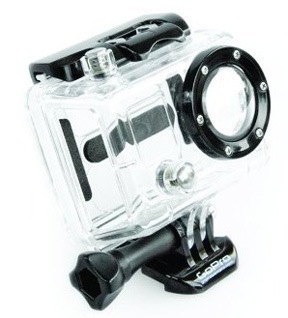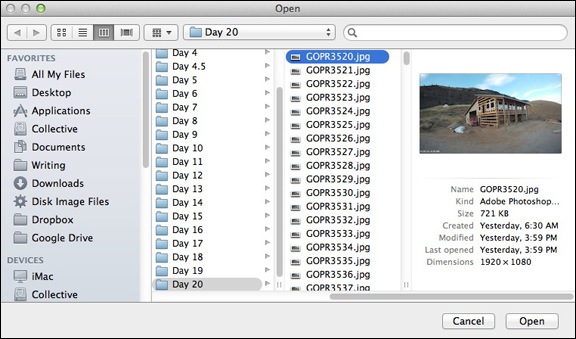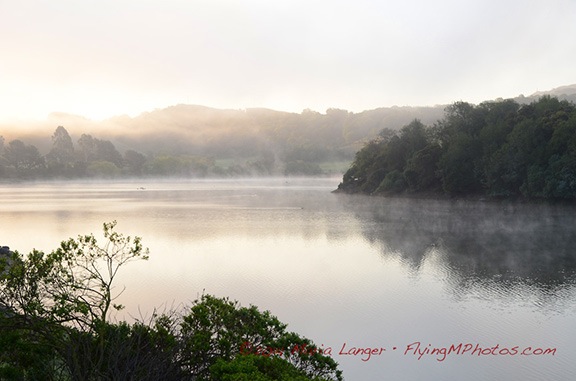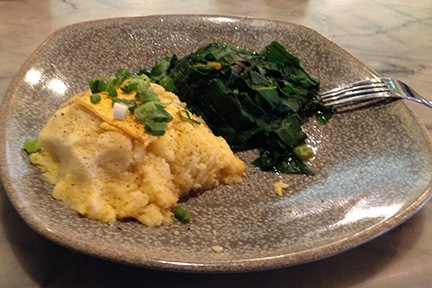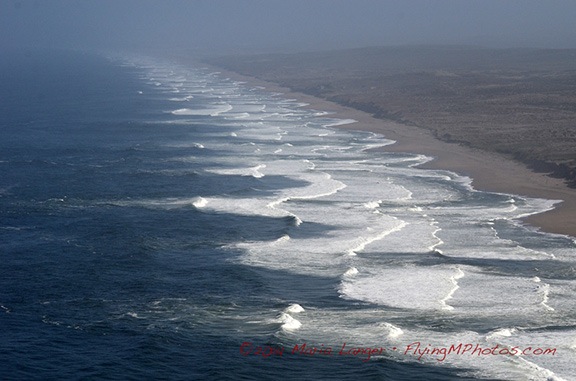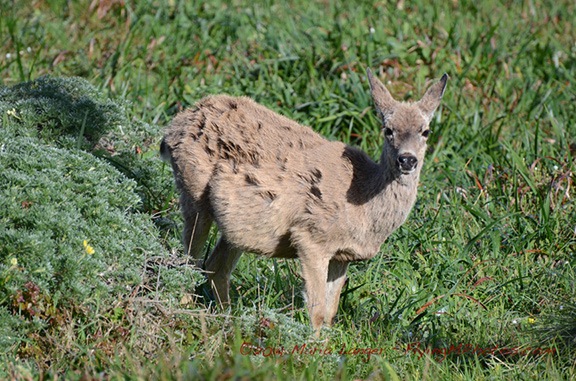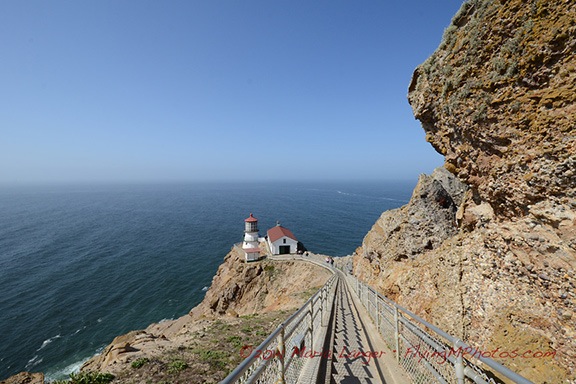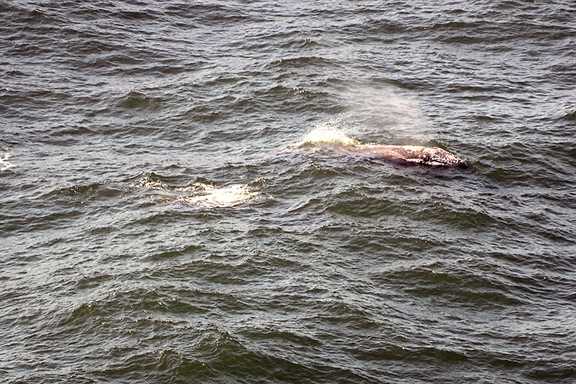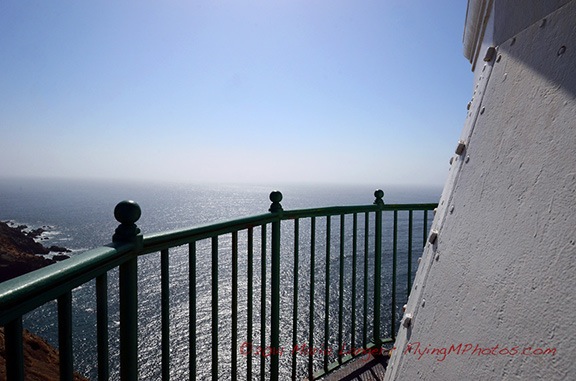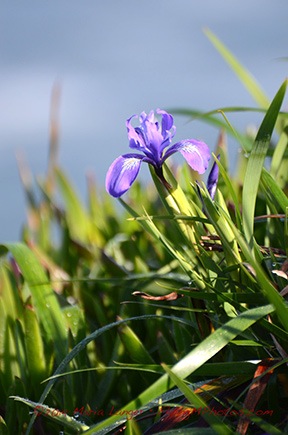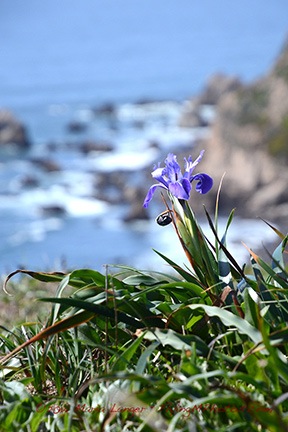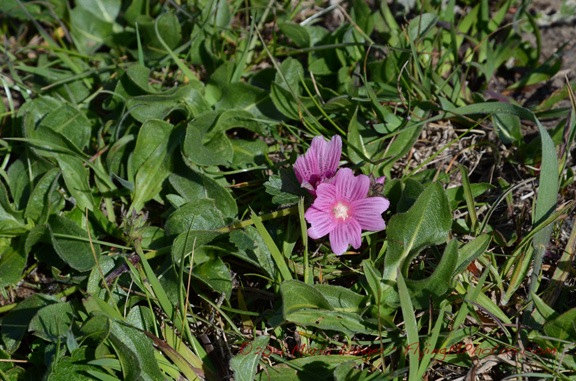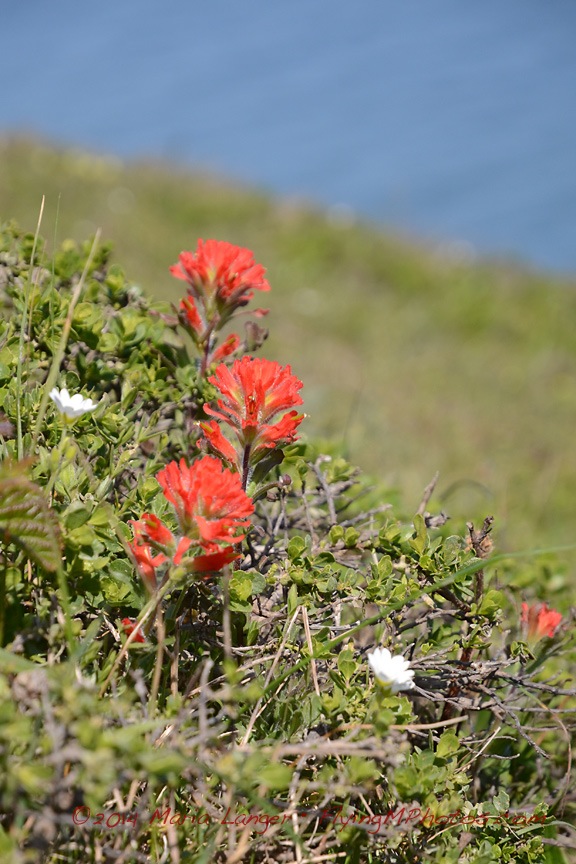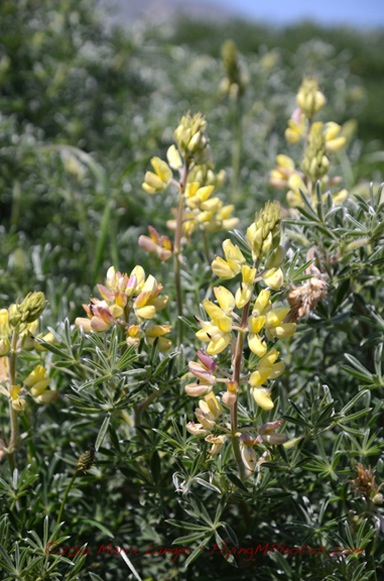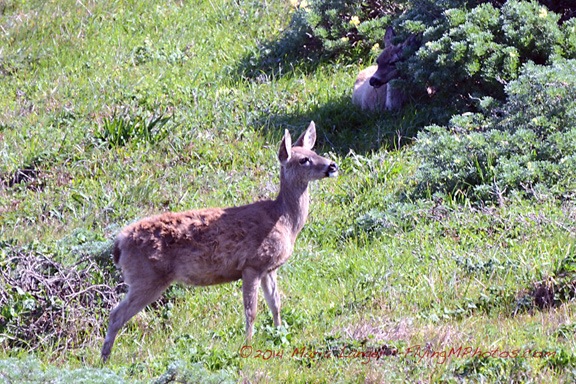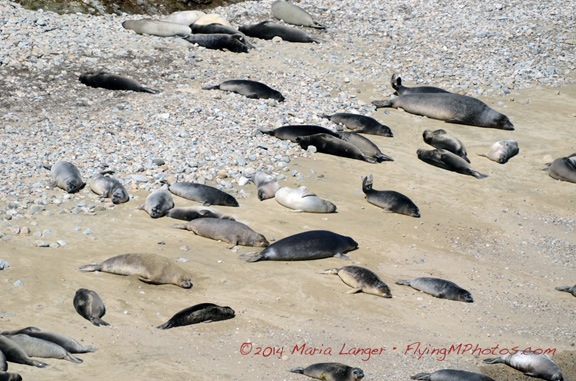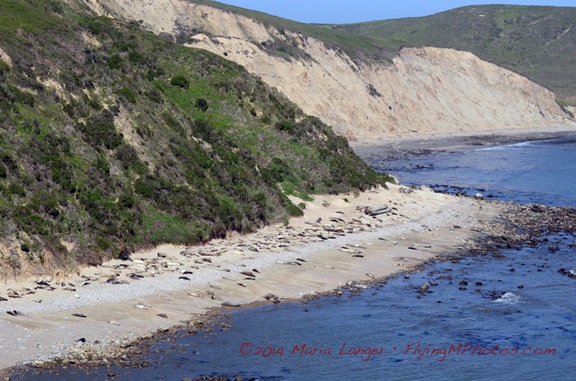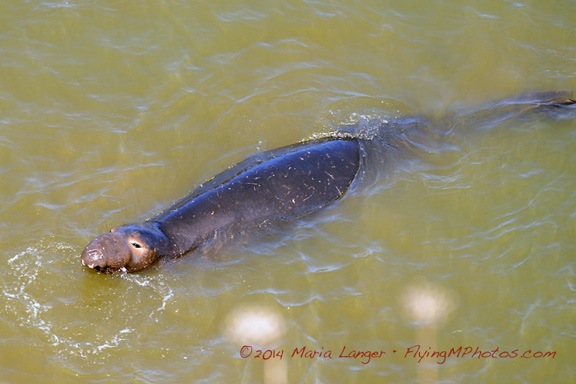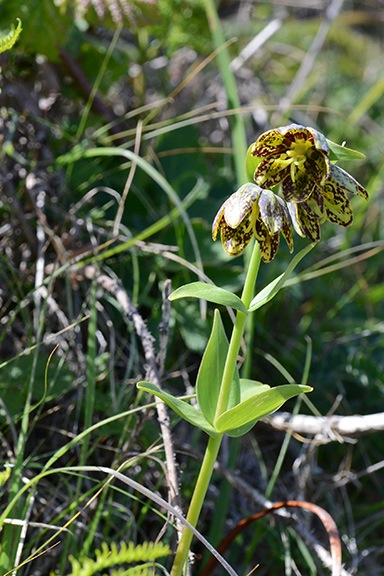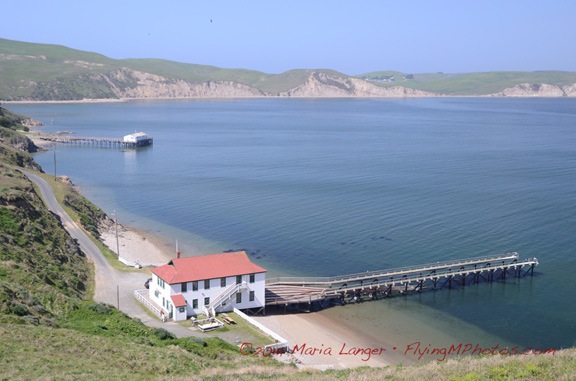A quick recap, with photos.
It’s hard to believe it’s already been a full month since Penny and I got back from our week-long vacation to a friend’s home on Lopez Island. Time seems to zoom by these days.
I thought I’d take a moment to document the trip, mostly to help me remember it in the years to come. It was a great vacation — laid back but with enough activities to not only keep me entertained but to prevent me from gaining a pound despite all the wine and cheese I consumed with my friend.
Lopez Island

Lopez Island is one of the San Juan Islands in the northwest corner of Washington state.
Steve and I had gone wine tasting in Napa Valley, CA in March and Woodinville, WA in May. It was at dinner after four Woodinville wineries that he’d invited me to stay at his Lopez Island place in August. That’s when my responsibilities for cherry season were finished and he would be taking his vacation. It was too good an offer to pass up.
Lopez Island is one of the San Juan Islands in the northwest corner of Washington State. It’s less than 30 square miles in size with a population of fewer than 3000 people.
Lopez Island can only be reached two ways: by boat or air — there’s no bridge. Ferry service is available from the mainland at Anacortes with stops at other San Juan Island ports such as Friday Harbor and Shaw Island. According to Google Maps, the 200-mile trip from my home would take just over five hours — assuming I reached the ferry terminal in time to drive right onto the ferry. Six hours is probably more accurate.
Needless to say, I wasn’t very excited about the prospect of driving there. So I treated myself to a helicopter flight. That was only about 90 minutes.
The Trip Out
Of course, before Penny and I departed that Saturday we had things to do. I put two racks of baby back ribs on the smoker at 9 AM and spent much of the day packing and running errands. I wanted to bring some goodies from Wenatchee, including Quincy corn, two kinds of fresh-baked bread, and buckboard bacon from Pybus Market’s Saturday Farmer’s Market, as well as fresh blueberries that still needed picking at a friend’s house. The ribs would pair perfectly with some “Singed Cat” Cab Franc wine from Malaga Springs Winery just down the street from my home. The wine was sort of smoke infused due to the smoke from wildfires in the area back in September 2012 when the grapes were picked. I packed two bottles of that, along with another four bottles of local wine for sharing with my host. I also had five different cheeses that I’d picked up from Beecher’s in Seattle on my way home from Phoenix earlier in the week. I never go to anyone’s home empty handed, but I think I took things to extremes on this trip.
By 1 PM, I’d loaded my big cooler with veggies from my garden and all the other perishables that I’d bought or picked. The wine had its own cooler. Both of these went into the back of the helicopter. My luggage went on the other back seat with my camera bag on the floor. I laid the ribs, wrapped in thick foil, on the floor beneath the coolers. I put Penny’s bed on the front passenger seat, but after a moment sitting there in the sun while I ran up the engine, she wanted to sit in back. The only place to put her bed was on top of the cooler, which was about level with my head. She seemed comfortable enough there. I lifted off around 1:15 PM. After a quick stop at Pangborn Airport to top off both fuel tanks, I pointed the helicopter northwest.

It was a beautiful day in Wenatchee, warm with scattered clouds that seemed to thicken to the west.
The flight was mostly uneventful. I tried to keep my route as straight as possible, but there were TFRs (temporary flight restrictions) in the area due to the wildfires we’d been having. One of them was in my path just west of Leavenworth. I kept south of it, flying up Icicle Creek and hugging the base of Cashmere Mountain so as not to stray into it. It was an extremely pleasant flight, cradled at the base of the mountains over the creek, to the end of the paved and then dirt road and beyond.

A flight up Icicle Creek.
The farther up the creek I got, the thicker the clouds ahead of me got. The higher I climbed up the drainage, the closer I got to all those thick clouds. I dropped down closer and closer to the trees to stay under the clouds. I slowed down as the path ahead began to look more and more iffy.
A quick look at my location on a sectional chart in Foreflight told me I was just south of Stevens Pass, the highest point on my trip west. If I could just get over the pass, I would probably be okay. Probably.
I started getting hopeful at 35 seconds into this GoPro nosecam clip from my flight. If you listen closely to the audio, you’ll hear the blade flap when I slowed way down before crossing over the ridge.
Finally, I was within about 50 feet of the Ponderosa pine trees, moving ahead cautiously at about 60 knots. Wisps of clouds were tangled in the treetops on either side of me. I looked ahead anxiously at the gap I’d have to pass through. All I saw were clouds — at first. Then an opening with trees beyond it. Could I get through?
I could, but barely. I squeezed through the pass under the low clouds and wound my way between clouds at my elevation, descending over Route 2 just west of Stevens Pass.
Whew.
The rest of the trip was under overcast skies. I beelined it for the coast, flying over Arlington Airport along the way. I detoured north around the surface airspace for Whidbey Island NAS, not really interested in talking to the tower there. That’s when I started noticing a light fog over the water up ahead. Dang!

Fog drifted about 50 feet over the surface of the water west of Anacortes.
I called my host to see what conditions were like at his home. It went right to voicemail. I left a message and pointed the helicopter across the Rosario Strait. The fog below me was light — I could see an occasional boat down there — but I wasn’t sure what lay ahead.
I was over Decatur Island when Steve called back. It was clear, he reported. By that time, I’d gotten the feeling it would be. The fog seemed localized between Decatur Island and Anacortes. I told him I was five minutes out. Five minutes later, I flew over Fisherman’s Bay on Lopez Island. I scanned the shoreline and saw Steve and his sister waving. I circled around and came in for a landing, touching down lightly on the sea grass between the shore and his home.
Sure beats driving.
A Week of Fun and Relaxation

The rocky beach was full of driftwood logs that made perfect perches for seagulls.
Steve greeted me with a hug and introduced me to his sister, Kathi. Then we offloaded the helicopter and brought everything up to the house. (The ribs were still warm.) I brought my luggage up to the guest room and then set up an area in the corner of the kitchen for Penny’s food and water. Then we unloaded my groceries and stowed everything in his already packed refrigerator.
After we were settled in, Steve, Penny, and I went for a walk to the beach and walked the length of the causeway that separates Fisherman’s Bay from Griffin Bay and San Juan Island beyond it. Penny ran ahead of us, sniffing at the kelp washed up on shore and chasing seagulls and killdeer.

I shot this photo of Steve’s back yard from the guest room balcony not long after arriving. I had to admit that my helicopter looked even better in Steve’s backyard than it does in my front yard.
Later, we sat on an upstairs deck to munch on wine and cheese and watch the sun set. Then we came downstairs and fixed up a dinner of Quincy corn on the cob, sliced cucumbers from my garden, sea asparagus Steve had harvested from his yard, and smoked ribs from my Traeger, finished off with some homemade barbecue sauce on Steve’s grill. Steve and Kathi seemed to like the Singed Cat as much as I did — the three of us polished off both bottles. We talked until well after dark and turned in for the night.

In the morning the bay was shrouded in a thick fog that took some time to lift.
After breakfast, Steve, Penny, and I headed out on Steve’s little boat to drop the crab traps. We both had fishing licenses that allowed us to catch dungeness crabs and wanted to get the traps in the water as quickly as possible because they needed to be pulled on Monday per fishing rules.
Later in the day, we headed out to Shark Reef, with a great hiking trail that wound through woods before emerging at the shore where giant elephant seals sunned themselves on the rocks and bull kelp floated on the water.

Panoramic view of the poorly named Shark Reef, which has elephant seals instead of sharks.

Does this look like a shark to you?
We spent a lot of time just talking and walking and taking photos. Steve is into photography even more than I am and I enjoyed seeing his 6’4″ frame folded up to get a closeup shot of a flower or interesting rock. It’s refreshing to go on a photo walk with someone who understands the importance of light in photography; we did almost all of our photo walks late in the afternoon when the sun was low in the horizon, casting a golden light.
For dinner back at the house, we had salmon that Steve marinated and then grilled. More wine, this time some Chardonay from Steve’s collection.

Sunrise varied from one day to the next; this one, shot from my window on Monday morning, was especially colorful.
Monday morning’s activity included a drive out to Fisherman Bay Spit Preserve at the entrance to Fisherman Bay. That’s where I got my introduction to sea glass — broken glass pieces that have been ground down by the sand and motion of the water. I eagerly joined in the hunt, although I only seemed able to find very small pieces of the stuff while Steve managed to find lots of large ones.
We also visited the local transfer station and a spot the locals call Neil’s Mall — a place where people leave possessions they no longer want and take possessions others have left behind. Steve was looking for a new coffee maker or a carafe for the one he’d broken on the coffee maker he had. Neil’s had both. We wound up taking a gently used Braun drip coffee maker that seemed to have all the parts. Later, we cleaned it up, set the clock, and even programmed it for the next morning’s coffee.
Kathi left around midday and Steve, Penny, and I went out in the boat again to try some salmon fishing. Steve piloted the boat up the bay and out the mouth of it, then back down the shoreline to a point not far (as the crow flies, anyway) from his house. We tried various places, spending a total of about 2 hours without any luck at all.

We caught three good-sized dungeness crabs on Monday and enjoyed them for dinner that night.
On the way back, however, we stopped to pull in the crab traps we’d set the day before and were rewarded with three keepers. Guess what we had for dinner that evening with the champagne I’d brought along to go with a shellfish dinner?
Kathi’s husband John arrived that evening, too. He’d be with us for the rest of the week, attending a golf tournament on the island and doing work with his computer when he wasn’t out golfing.
I think it was Monday night that Steve and I ventured out onto the back lawn after nightfall for some star photography. I’d come without a tripod, but Steve had his. He said he didn’t have much experience doing star photography, but he certainly had a good helping of beginner’s luck — almost every one of his shots included an amazing star field.
After breakfast on Tuesday, we headed out in the helicopter for pie. A friend of mine had told me that the best airport pie could be found at Port Townsend Airport. Although Steve had been flying with me before — I’d taken him and his sister Kriss on an aerial tour of Napa Valley back in March — neither he nor I had been flying around the San Juan Islands. Airport pie seemed like a pretty good excuse to get airborne.
I pulled both front doors off the helicopter for airflow and so Steve could use his camera without worrying about window reflections in his shots. I loaded Penny in the back seat on her bed. Then we took off from Steve’s backyard.
We flew east over Decatur Island and Anacortes, then followed the shoreline of the mainland south before crossing Skagit Bay to the east side of Whidbey Island. We flew just south of Oak Harbor and over San de Fuca, then crossed the bay to Port Townsend. The airport was south of town. We landed at the end of the parking area and walked to the Spruce Goose restaurant.

The Spruce Goose does indeed have the best pie at any airport I’ve ever been to.
Although the restaurant had an outdoor eating area, Penny wasn’t allowed to sit with us there. So I tied her up nearby while Steve and I sat down for some pie. I had rhubarb (my favorite) with a glass of milk. I honestly can’t remember what Steve had. But I do remember that both were excellent.
After our pie, we fetched Penny and walked around the airport ramp area, looking at the planes. I told Steve what I knew about each model we saw — which wasn’t much. Steve isn’t a pilot but was interested in the planes. Actually, like me, he seems to be interested in most everything.
When we left, I decided on a more direct route back. Not the direct route — that would have had us flying over water for about 15 miles — but a route that took us up the west coast of Whidbey Island, past the navy airbase. That meant talking to the tower. I was pleasantly surprised when they cleared us to fly per my request. (I think Steve was impressed.) Later, as we neared the airbase, they amended our instructions to fly at 1500 feet over the field. As we did, we watched two F18s (in formation) and an air tanker take off below us. Very cool.

Overflying the airbase at Whidbey Island.
We crossed the Strait of Juan de Fuca for the southeast corner of Lopez Island. But rather than go in for landing, we continued west to the west coast of San Juan Island. That’s where the orcas travel and we were interested in seeing them from the air. We flew up the coast and saw plenty of boats on the water and tourists at Lime Kiln Point State Park, a primary orca viewing area. But no whales.

The west coast of San Juan Island. I was about 10 miles from Canada here.
Low on fuel, I headed over to Friday Harbor Airport. I landed near the pumps and topped off the main tank; I knew I’d get more fuel in Bellingham or Arlington on the way home later in the week. Again, we decided to take a quick flight along the coast to look for whales. This time, we scored. There was an orca pod of at least six whales traveling south along the coast. Steve took a few pictures, but I didn’t dare fly any lower than the 500 feet I was at — the area was full of boats and spectators. I didn’t want to be blamed for “scaring off” the whales. We went past and I cruised away from the scene to give Steve time to change his lens. But when we returned, the whales were gone and the spectator boats were breaking up and going their separate ways. The show was over. We headed back to Steve’s place on Fisherman’s Bay.

Fisherman’s Bay from the air.
Later that day we headed out for yet another seashore hike. This time, we went to Iceberg Point on the southern tip of the island. (No, there weren’t any icebergs, either.) After a pleasant mile or so walk through cool forest, we emerged on a rocky, grassy point overlooking the mouth of Puget Sound and Strait of Juan de Fuca. It was clear and I was able to point out the Whidbey Island air base, mostly because its tower made a good landmark. We spent some time walking on pathways that wound among the rocks. Steve showed me some cacti that grew there — yes, cacti do grow in the Pacific Northwest. At first, I thought they were some form of cholla, which we have in Arizona, but they’re apparently brittle prickly pear, which is likely the same variety my neighbor gave me last year to plant in my garden. I realize now that I didn’t even take a picture of them, although I do have a picture of Steve taking a picture of them. (Don’t worry, Steve, I won’t share it here!)


I played around a bit with depth of field and focus on my Nikon with this view of a thistle and ladybug.
We spent hours there, walking, talking, exploring, taking photos. After a while, we found a quiet spot sheltered from the wind and just stretched out on the grass among the late summer wildflowers, listening to the sound of the waves on the shore and the gulls that flew by. Penny stretched out nearby in the tiny shade cast by my camera bag. It was nice to be unplugged and to go back to the basics of a more simple time. I thought about the countless trips I’d made to the shore on the east coast, alone or with a companion, and how I’d just soak in the scenery and the world around me. What happened to those times? It was good to get a chance to remember them, especially with a companion who seemed to feel the way I did about the experience.

At one point, I sat up to take this photo of the view from where we lounged just listening to the sound of the waves and the birds.
The sun got ever closer to the horizon. When the temperature started to drop, we headed back out.

Here’s a look at Outer Bay on the walk back to where the car was parked t Agate Beach County Park.

A sailboat spied through the trees along the trail at Watmough Bay.
On Wednesday morning, after a search and rescue for Steve’s boat — I hadn’t tied it quite securely enough on Monday afternoon and the wind and tide took it for a short cruise without us — we did some work around Steve’s house, helping John set up some badly needed storage shelves in the garage.
Afterwards, we took another hike, this time along the south side of Watmough Bay, a sheltered cove surrounded by tall cliffs that’s apparently popular with sailors — there were three sailboats anchored there. The trail wound through thick, lush forest that offered glimpses of the bay beneath us as we climbed. Soon, the trail dropped us down into a tiny gravel beach where we spent some time looking for sea glass. Penny wandered off and found something super stinky to roll in. We hiked back to the head of the cove and walked along the beach there for a while.

It’s not easy to find sea glass when the beach is full of pebbles like this.
Back at the car, I had to wrap Penny in a tablecloth that Steve happened to have to prevent her from stinking up his car. A bath for her outside with the hose was the first order of business when we got back to Steve’s house.

I brought along these two Cabs specifically for a taste test.
That evening, we did a side-by-side taste test with the two Malaga Springs cabernets I’d brought along. They both went very well with the steak Steve grilled up for us. I think we both preferred the 2009 over the 2011, although Steve’s blend of the two was probably best of all.
On Thursday, we spent some time setting up a satellite dish antenna in Steve’s side yard. That meant digging a hole and planting a post, then mixing up some concrete and using it to secure the post in place. (We’d put the antenna on the post the next day, once the cement had cured.)
Steve put the crab traps back out that afternoon. Afterwards, we went for a bike ride out to Fisherman’s Bay Spit Preserve again. That’s when I realized how completely out of shape I was. I hadn’t ridden my bike in about two years and it really showed. The ride was short — only about 2 miles each way — and on relatively flat terrain. Steve loaned me a 21-speed bike quite similar to mine while he handicapped himself (so to speak) with a one-speed. Clearly I’d need to get more time in the saddle if I expected to go riding with him again.
Out at the point we spent some time just overlooking the entrance to the bay while boats came and went. A couple on a road trip from Maryland (if I recall correctly) stopped and chatted with us for a while. The air was warm and comfortable on yet another beautiful day. There’s something to be said about the rain shadow east of the Olympic Mountains and Lopez Island is definitely in it.

The bench we sat on at the point overlooked the mouth of the bay and this disused dock with the village of Lopez Island directly across from us.
We went out for dinner that night — my treat — at restaurant just up the road: The Galley. We had seafood (of course) and shared a bottle of wine. The food was excellent; the portions were huge. Outside the window, the sun set over the bay. I realized that my vacation was quickly coming to an end.
On Friday, after fiddling around a bit with the satellite dish, we each did our own thing. Steve went for a real bike ride and since we both knew that I’d just hold him back, he did it solo. Penny and I walked into town, a distance of about two miles. Along the way, I took photos of some of the flowers that were growing alongside the road and took a moment to check out the library, which is located in the original schoolhouse.

I don’t know what these are but they were all over the place alongside the road.

A panoramic shot of the Lopez Island Library, which is in an historic schoolhouse. I highly recommend stopping in if you’re ever out that way. It’s a really wonderful place.
While we were in town, I picked up some gifts for my host and a few small pieces of jewelry for myself; chatted with a gallery owner about glass work, helicopters, and the recent flash floods in the Twisp area; tasted some wine; and bought a whole salmon for dinner. The walk home wasn’t exactly fun — the bags were heavy! I refreshed myself with a quick shower before Steve returned, then faced the challenge of filleting the salmon. (Let’s just say I need practice.) Steve grilled up the salmon for dinner and we all feasted on it with some white wine from Steve’s collection.
The next day was Saturday, the day I had a good weather window for my flight home. It certainly didn’t start that way, though: the morning fog was accompanied by the sound of fog horns off in the distance. It took a while to burn off and when it did, we had yet another beautiful day.

Saturday started with fog, but soon cleared up again.
While I waited for the fog to clear, I packed and did some laundry, then restored the guest room to the way it had been before I arrived, all ready for the next guest. We finished up the last of the blueberries with some yogurt and cereal — we’d actually eaten most of the food I’d brought, although a few pesky cucumbers and zucchini remained. Steve and I lounged in the living room together one last time and Penny curled up to nap on Steve’s lap.
I’d made plans to meet some friends of mine from Wickenburg in Bellingham; when the fog cleared, I texted them to give them an ETA. Then we packed up the helicopter, I put Penny on her perch atop the big cooler, and I said goodbye to my host. A while later, I was lifting off as Steve and his neighbors waved goodbye.
Bellingham and Beyond
The flight to Bellingham was quick — only about 15 minutes — and took me between Blakely and Obstruction Islands, up the coast of Orcas Island, and over Lummi and Portage Islands. I had become accustomed to flying longer than usual distances over water, but still kept higher than I normally would fly, watching out for the seaplanes I kept hearing on the radio.

Most of the islands have airports; this is the one on Blakely Island.
The tower cleared me to land near the FBO. I shut down, put Penny on a leash, and went inside. My friends Stan and Rosemarie were waiting for me. We shared hugs and went out to their car. A while later, we were sitting on the patio at Anthony’s on the harbor. I had fried oysters — my favorite and not easy to come by in Wenatchee. We talked about all kinds of things, from what was going on in Wickenburg to how we’d spent our summers to the progress I was making on my new home. I hadn’t seen them since I moved out of Arizona in May 2013, although we’d spoken and texted several times since then and it was really good to catch up.
They had me back at the airport by 3 PM for my flight home. The flight was mostly direct, taking me right past or over more than a few very tall, rugged mountains. At least twice I found myself looking at the blue ice of small glaciers on north facing mountain tops. I spied hidden valleys and lakes and dozens of waterfalls. It was a really amazing flight, only slightly marred by the haziness caused by forest fires in the area.

The North Cascades offer a rugged landscape with patches of snow in August.

I don’t know why I was so surprised to see glaciers, but there were at least two along my way.

Lakes like this one were hidden away up in high valleys, seldom seen by anyone other than pilots and adventurers on foot.
I did detour a bit to the north to avoid the TFR near Leavenworth. This time, I made a point of flying over Lake Wenatchee, which I’d never flown over. It looked smaller than I remembered it.
Then I was in familiar terrain, passing Cashmere, flying along the Wenatchee River, popping out at the confluence with the city of Wenatchee spread out before me.

Wenatchee awaited me with yet another beautiful day.
I overflew my friend Bob’s house in East Wenatchee before turning toward home. As I touched down in my front yard, I thought about what a great vacation I’d had — including my trip there and back — and reminded myself how fortunate I am to have such great friends.
